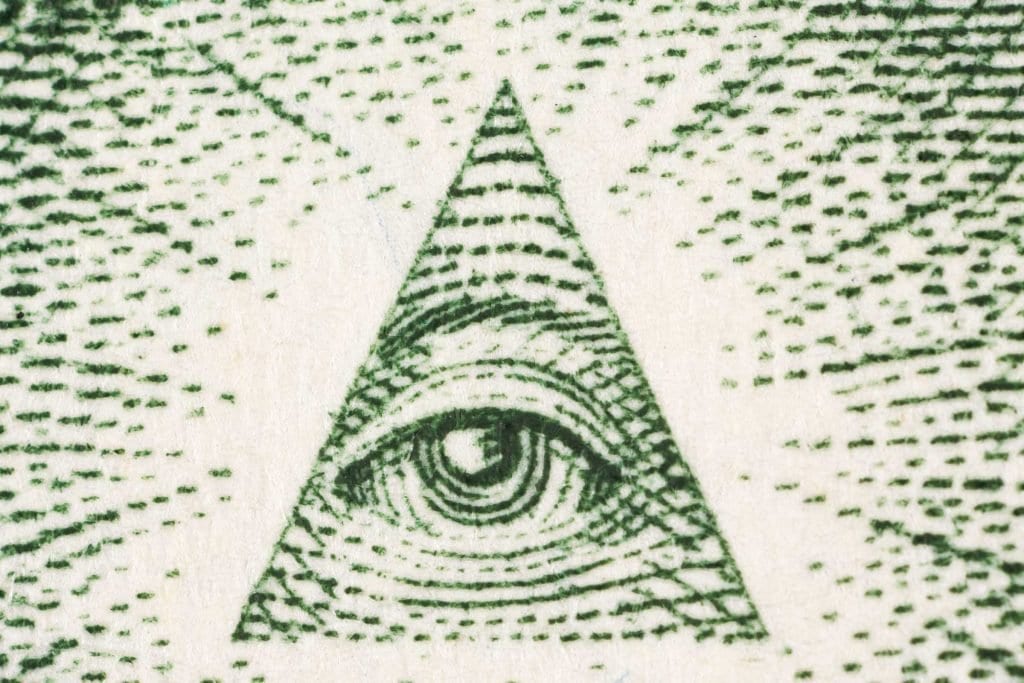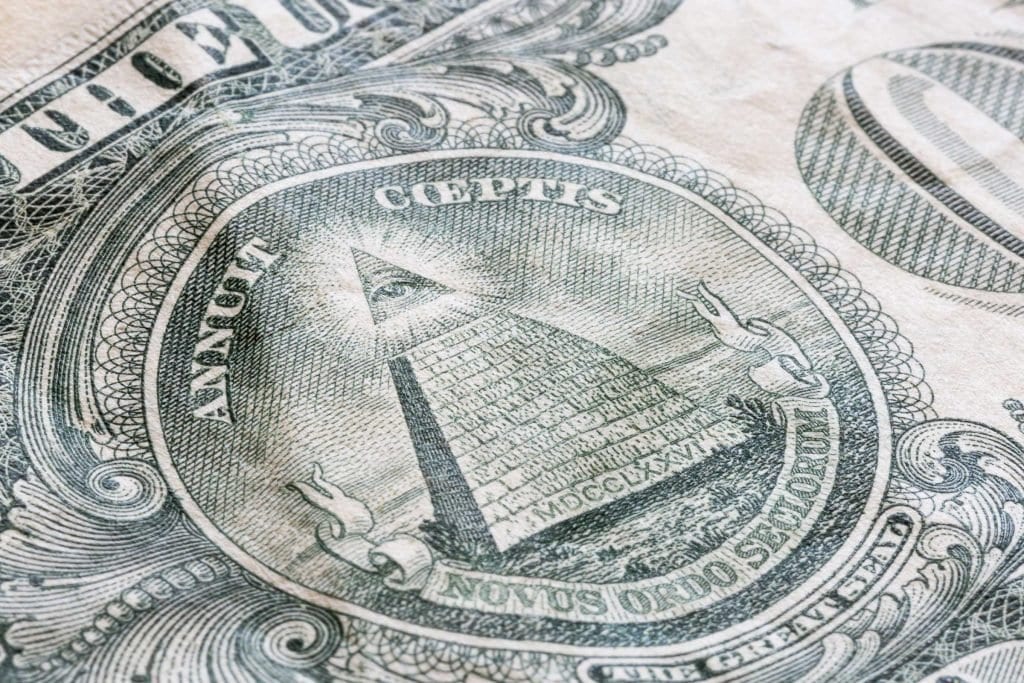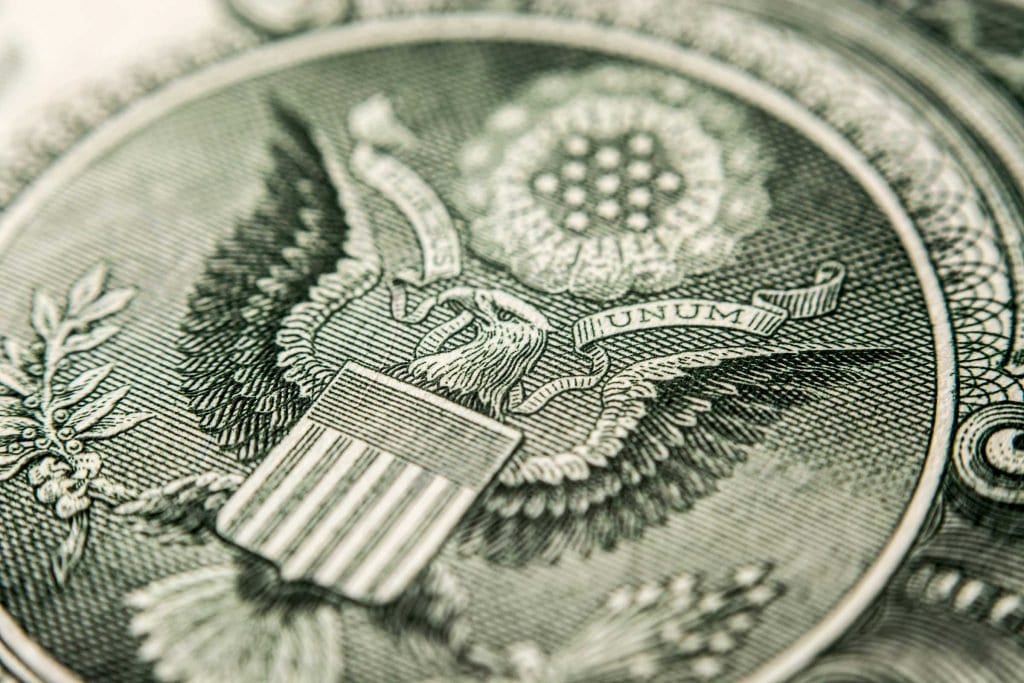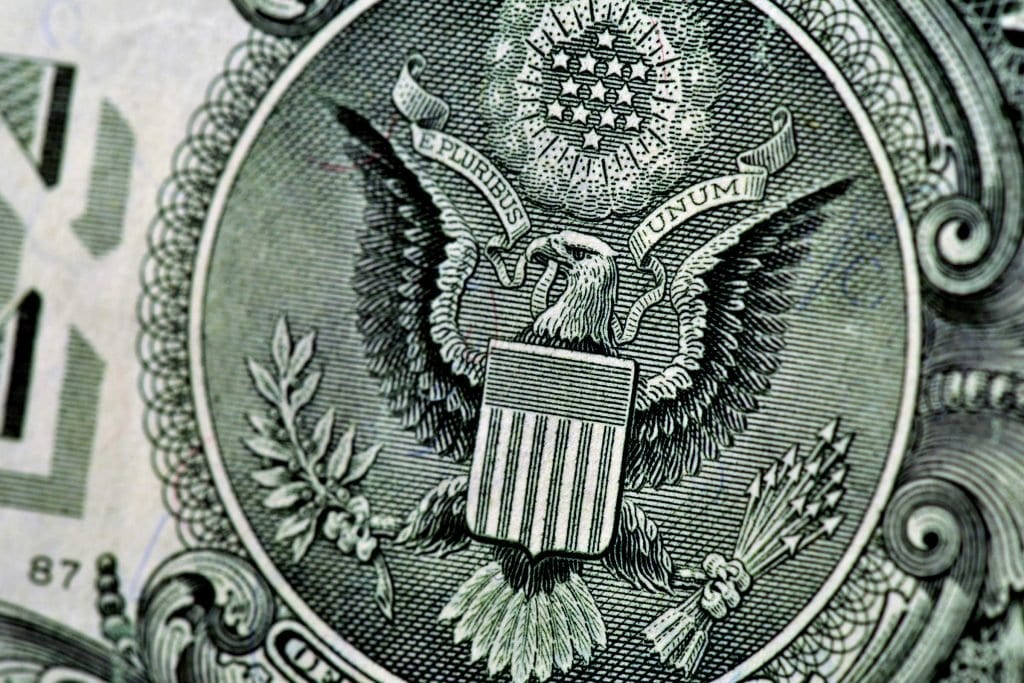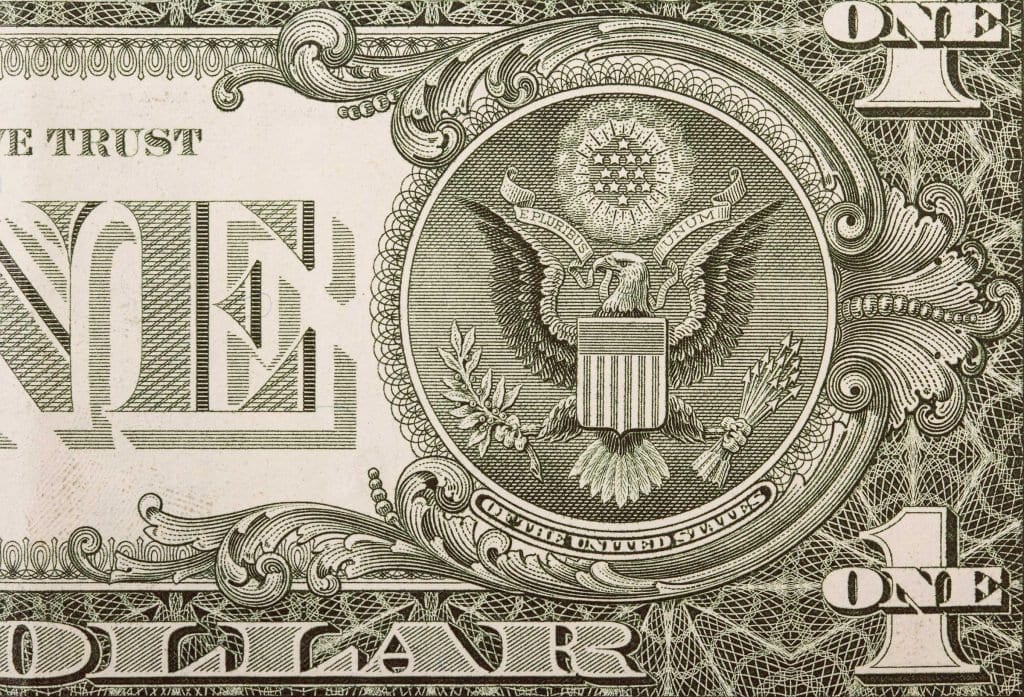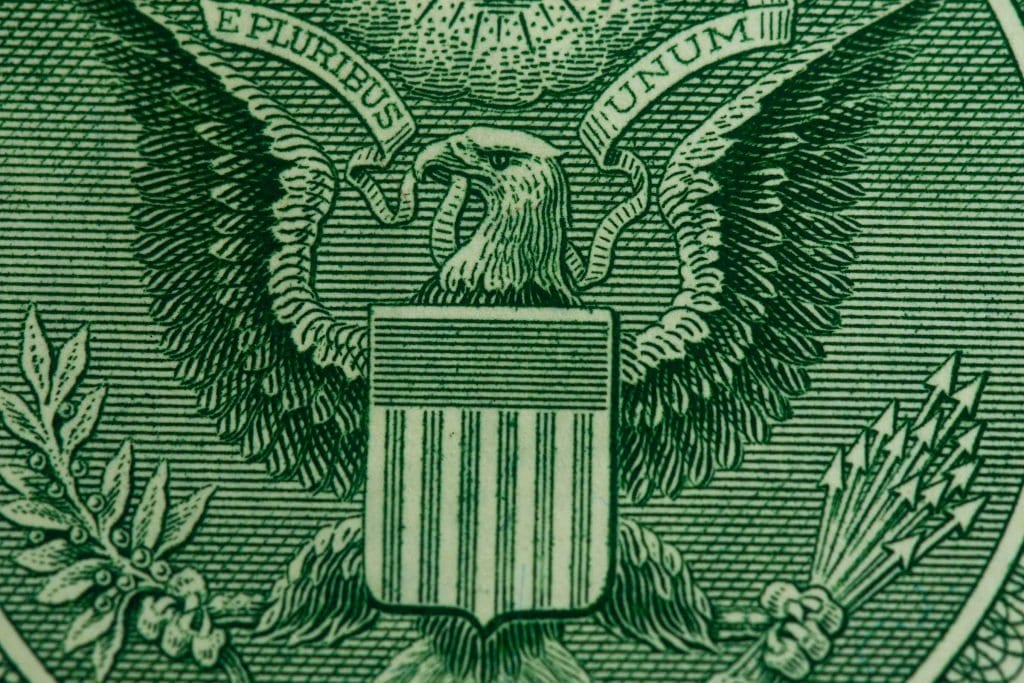In the vast pile of cool things offered to us by science, a talking 3,000-year-old mummy has got to come out somewhere near the top.
Laypeople, historians, archaeologists, and scientists alike have all been fascinated with the legacy of Ancient Egypt since we first discovered the remains of their society. Since they were remarkably advanced in many areas, we’ve gotten to know them better than most bygone civilizations – and now, because of the careful way they had of preserving their dead, we can also hear one of their voices.
A team of UK scientists was able to reconstruct the vocal tract of one mummy using CT scans, 3D printing, and an electronic larynx. The project has been going on since 2013, and to make it come to life, experts from the areas of clinical science, archaeology, Egyptology, museum curation, and electrical engineering had to come together for the good of all.
Ok. Here it is:
The six years of dedication resulted in returning the 3,000-years-gone Nesyamun’s voice to his throat. And yes, right now it’s just a single sound – but rest assured, they are working on more.
The amazing accomplishment was only possible because Nesyamun’s larynx and throat were remarkably well-preserved. This stroke of luck allowed scientists to totally reconstruct his vocal tract, which they then printed using a 3D printer, explained lead author and professor David Howard of the University of London to IFLScience.
“This process allows the sound of his tract as he is in his sarcophagus, which is a sound that his vocal tract can make – so it is his voice.”
That makes it sound a bit creepy, like something that happens at the outset of a horror movie, but it’s also cool.
“When it comes to any thoughts of producing running speech, things are different but there are possibilities. Combining knowledge of phonetics and linguistics with speech science means that we could use it to anticipate typical articulatory gestures that he would have used to change his vocal tract shape and therefore do this in software and create running speech. So that is an idea – there is a load of work to do to get anywhere near this but it is a distinct possibility for the future.”
In a twist of fate (or is it something more?) Nesyamun means “True of Voice” – he was a priest, incense-bearer, and scribe at an ancient temple at Karnak. He died around 1100 B.C.E. and due to his state of preservation, he’s one of the most-studied mummies in Britain’s “Voice of the Past” project.
As a history nerd, but an ancient history nerd first, this is just thrilling, one syllable or more.
The post Science Has Brought a 3,000-Year-Old Mummy’s Voice Back to Life appeared first on UberFacts.
 : © @leedsmuseumsandgalleries
: © @leedsmuseumsandgalleries  : D.M. Howard et al/Scientific Reports 2020) . . . #science #mummy #egypt #history #archaeology #ancientegypt #nesyamun #sarcophagus
: D.M. Howard et al/Scientific Reports 2020) . . . #science #mummy #egypt #history #archaeology #ancientegypt #nesyamun #sarcophagus













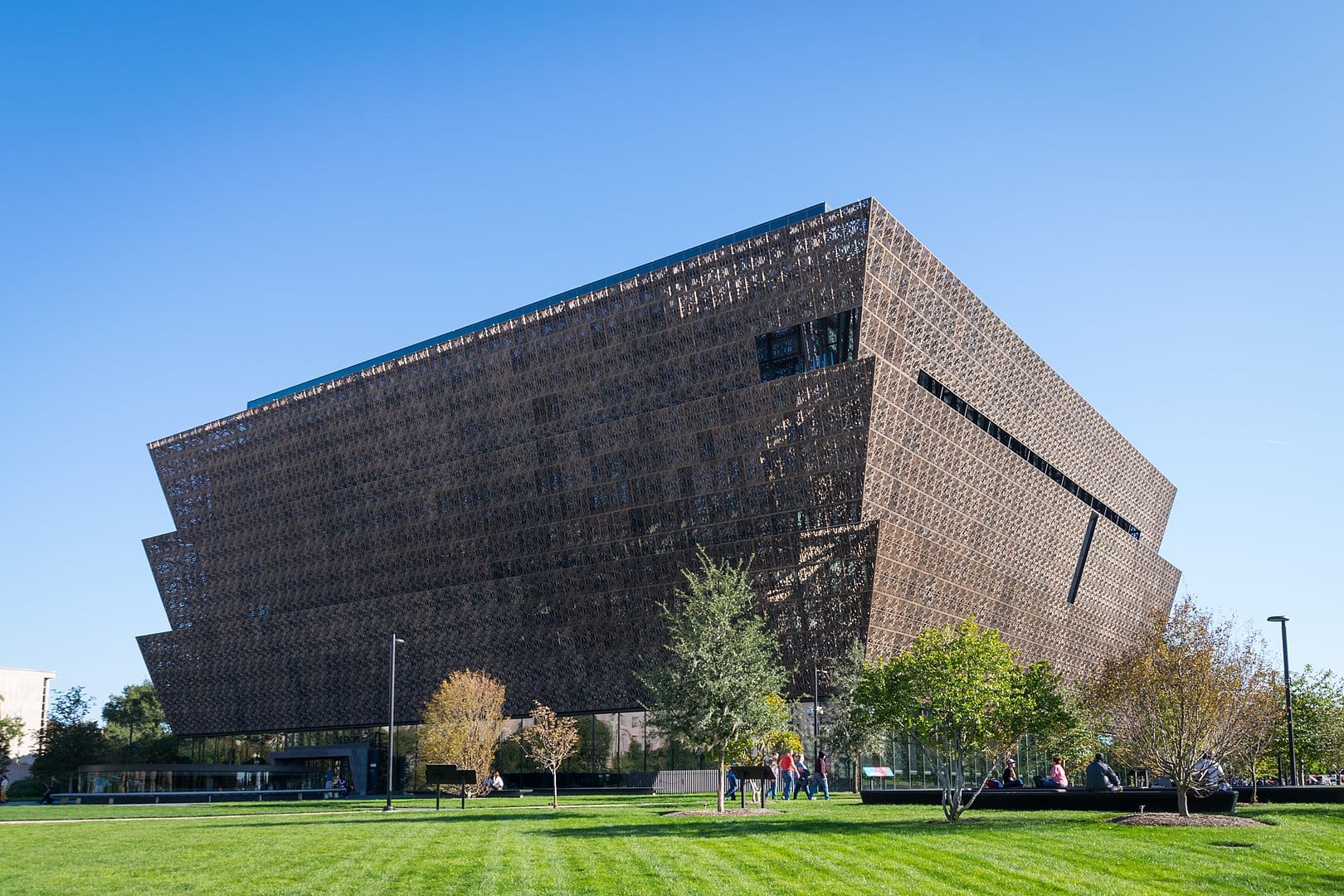
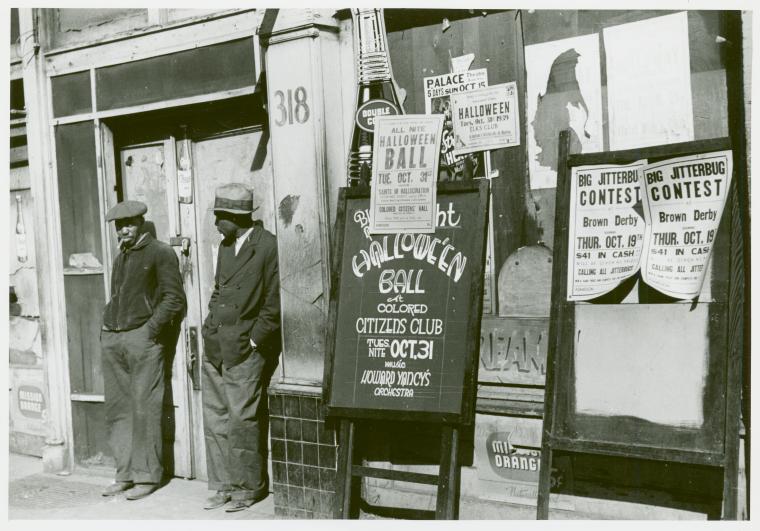























 • • So I thought this is the perfect day to share this old Winnie the Pooh book, my mum brought it a jumble sale years ago ,the artwork in it is soo cute Aswell as the new way they look I do love the old version off how the gang looked years ago still super cute! I’m loving seeing all your photos today
• • So I thought this is the perfect day to share this old Winnie the Pooh book, my mum brought it a jumble sale years ago ,the artwork in it is soo cute Aswell as the new way they look I do love the old version off how the gang looked years ago still super cute! I’m loving seeing all your photos today  #eeyore #eeyorelover #winniethepoohbook #winniethepooh #eeyorecollector #worldbookday #oldvintagebooks #disneylover #disneybook #disneycommunity #disneyeeyorecollector
#eeyore #eeyorelover #winniethepoohbook #winniethepooh #eeyorecollector #worldbookday #oldvintagebooks #disneylover #disneybook #disneycommunity #disneyeeyorecollector



 ・・・ The #DoubleSlitExperiment is an experiment in #QuantumPhysics in which the effects were shown by #ThomasYoung way back in 1803, but since has been proven even more strange by many others. It's power truly reveals a mind-altering view of the world and how we affect it. To explain this experiment, we first must truly grasp the difference between a #particle and a #wave. A particle is what we perceive as #matter of some sort – something with mass. A wave is a disturbance in some type of substance – like ripples through water. Ok, that's easy enough. Now, what if I told you that a subatomic particle isn't a particle until a consciousness observes it. What is it then? Its a wave. Huh? For some unknown reason that haunts scientists, everything we perceive as having mass is just a wave of information (or possibilities) until we observe it in some way. I'm not talking in the philosophical way like if a tree falls in the woods and no one's there to hear it, does it make a sound. The Double Slit Experiment seems to answer that question as you'll see. Until we observe the soon to be particle, its a wave that's actually doing every possibility it could do at the same time. Huh?!?! It doesn't make any sense, yet this is one experiment that appears to somewhat prove this. The Double Slit Experiment shows us that we create reality just by observing it. WHOA, create reality?! Yes we do. Your consciousness collapses wave functions into digitized bits of matter that we then perceive as reality. You are not creating reality, but you are creating your own #RealityTunnel and most people aren't aware of it. #4biddenknowledge reporting live from #TheMatrix. Clip above of from the famous documentary named: #WhatTheBleepDoWeKnow #YouCreateYourOwnReality
・・・ The #DoubleSlitExperiment is an experiment in #QuantumPhysics in which the effects were shown by #ThomasYoung way back in 1803, but since has been proven even more strange by many others. It's power truly reveals a mind-altering view of the world and how we affect it. To explain this experiment, we first must truly grasp the difference between a #particle and a #wave. A particle is what we perceive as #matter of some sort – something with mass. A wave is a disturbance in some type of substance – like ripples through water. Ok, that's easy enough. Now, what if I told you that a subatomic particle isn't a particle until a consciousness observes it. What is it then? Its a wave. Huh? For some unknown reason that haunts scientists, everything we perceive as having mass is just a wave of information (or possibilities) until we observe it in some way. I'm not talking in the philosophical way like if a tree falls in the woods and no one's there to hear it, does it make a sound. The Double Slit Experiment seems to answer that question as you'll see. Until we observe the soon to be particle, its a wave that's actually doing every possibility it could do at the same time. Huh?!?! It doesn't make any sense, yet this is one experiment that appears to somewhat prove this. The Double Slit Experiment shows us that we create reality just by observing it. WHOA, create reality?! Yes we do. Your consciousness collapses wave functions into digitized bits of matter that we then perceive as reality. You are not creating reality, but you are creating your own #RealityTunnel and most people aren't aware of it. #4biddenknowledge reporting live from #TheMatrix. Clip above of from the famous documentary named: #WhatTheBleepDoWeKnow #YouCreateYourOwnReality 














 Everyone is sharing their mini finds, here’s my 89 year old grandmother and her “camera” she is also a mini find as she is she is 4ft 5 inches in height
Everyone is sharing their mini finds, here’s my 89 year old grandmother and her “camera” she is also a mini find as she is she is 4ft 5 inches in height 

 I am completely amazed and overwhelmed that…
I am completely amazed and overwhelmed that…

